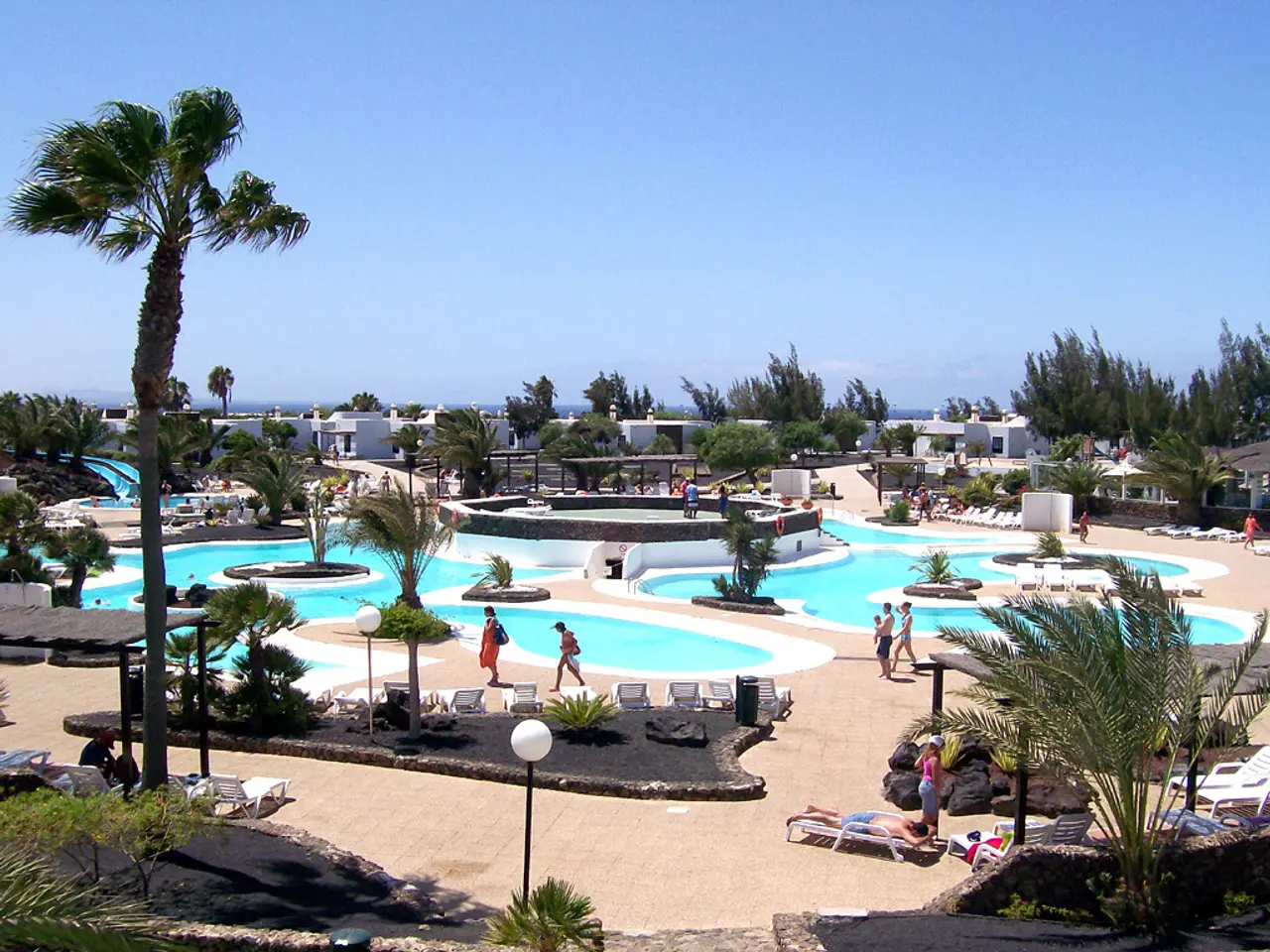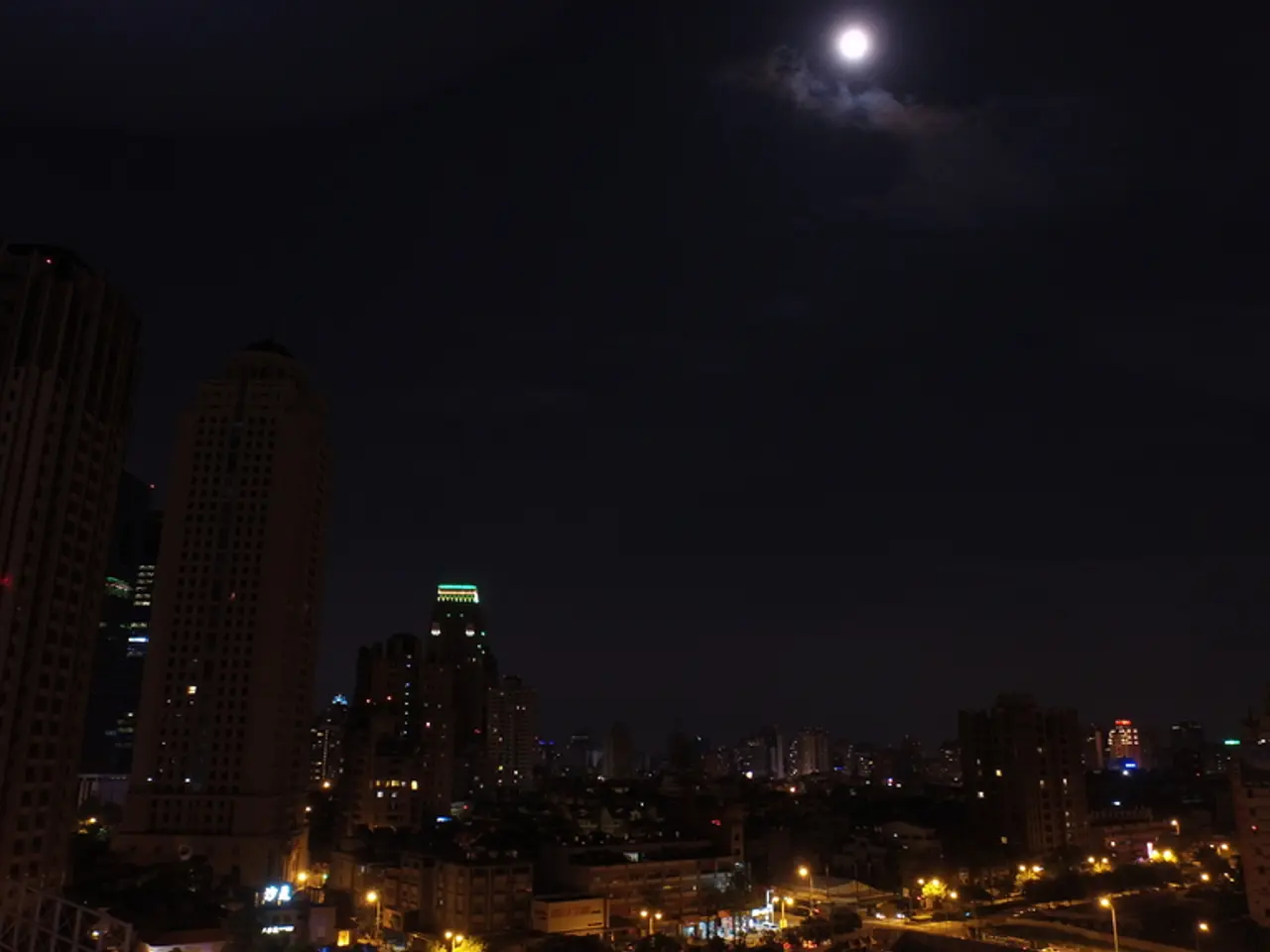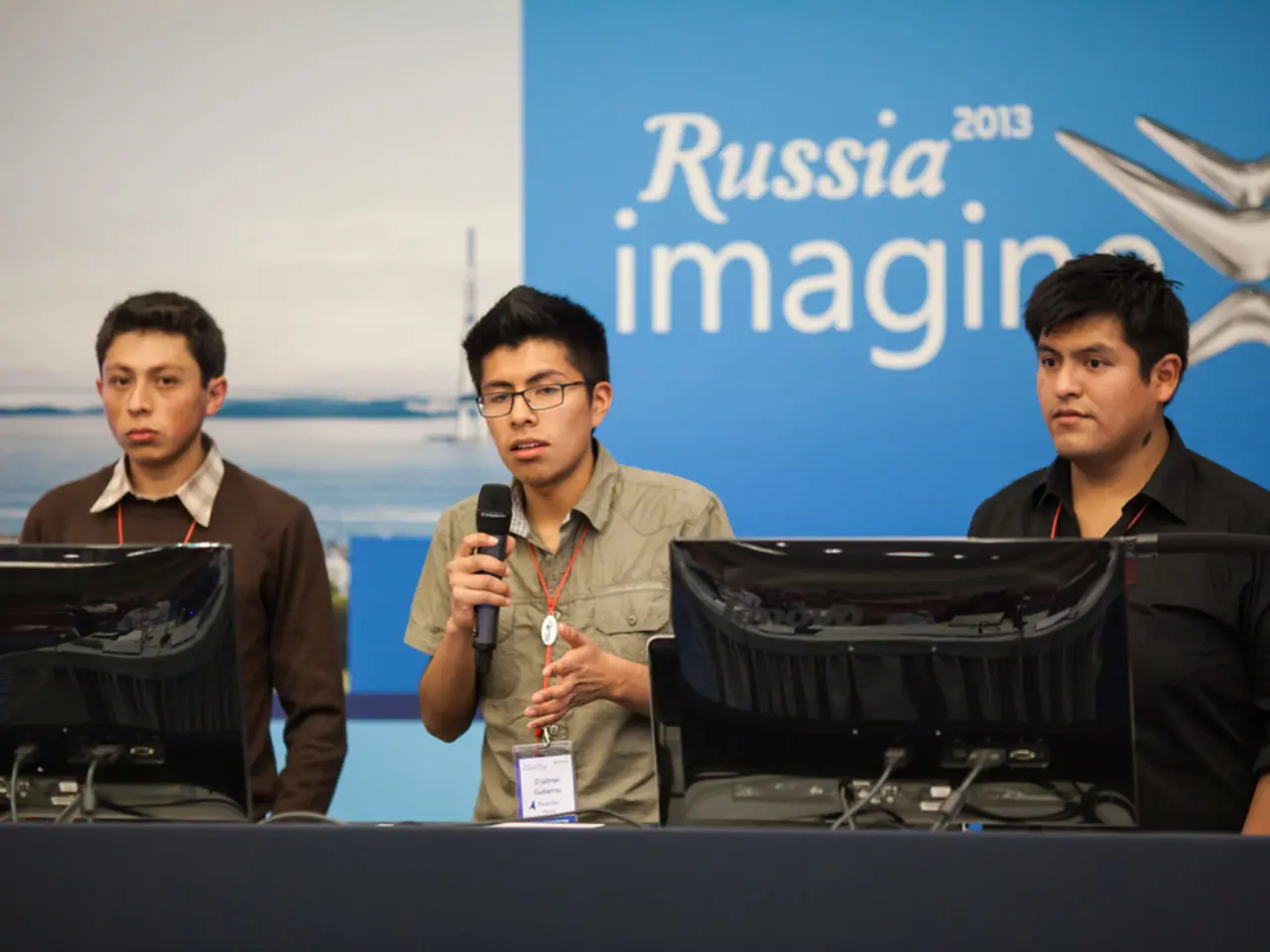Travelers pursuing refreshing escapes in Norway and Sweden met with unexpected heatwaves
Unprecedented Heatwaves Sweep Across Nordic Countries
In recent years, the Nordic region has been experiencing a shift in its climate, with tropical nights becoming increasingly commonplace. This change is primarily driven by human-induced climate change, which has intensified heatwaves and raised average temperatures significantly above historical norms.
One of the key factors contributing to this trend is the amplified warming of the Arctic region. The Arctic is warming about twice as fast as the global average, with projected increases of 4.3°C to 11.4°C in winter over the next century. This rapid warming destabilizes atmospheric patterns, influencing Nordic climates and contributing to extreme heat events.
The increased likelihood and severity of heatwaves in the Nordic region are evident in recent years. For instance, Finland experienced a record-breaking 22 consecutive days above 30°C, a heatwave that was at least 10 times more likely and about 2°C hotter due to human-caused climate change. Similarly, parts of Norway and Sweden have seen record-long heatwaves with temperatures exceeding 30°C, unusual for their typically cold climates.
These unusual high temperatures have significant impacts on the region. Healthcare systems are strained due to heat-related illnesses, and ecological disruptions such as wildfires, algal blooms, and stress on indigenous Sami reindeer herders are becoming more common. The increased mortality risks and public safety concerns related to heat stress and drownings during hotter conditions are also a growing concern.
Longer-term environmental effects include the melting of Arctic ice, permafrost thaw, and changes in ecosystems that affect local biodiversity and global sea levels.
Jokkmokk, Sweden, and Haparanda experienced heatwaves lasting over 15 days and 14 consecutive days of temperatures above 25°C in July, respectively. The municipality of Joensuu in southeastern Finland opened an ice rink for people to cool off during the heatwave.
Rovaniemi, Finland, known as the hometown of Santa Claus, saw temperatures above 30°C last week. July was the third hottest month recorded in Norway since 1901, with temperatures 2.8 degrees Celsius higher than the seasonal average nationwide.
Scientists warn that recurring heatwaves are a marker of global warming and are expected to become more frequent, longer, and more intense. This trend is particularly concerning for the Nordic countries, where traditional cold climates are being disrupted.
Tourism in Nordic countries, driven by the trend of "coolcations," has been on the rise. However, record-breaking temperatures in July have disrupted the hopes of tourists seeking milder temperatures. Cooling facilities have been opened in various cities to help the public cope with the heat.
As climate change drives up global temperatures, heatwaves are becoming hotter and more frequent. Mikael Ripatti, North Karelia's regional healthcare services chief, stated that emergency rooms had become overcrowded due to heat-related health issues. Hannele Korhonen, a research professor at the Finnish Meteorological Institute, echoed this concern, stating that as climate change progresses, heatwaves will only become a more common occurrence.
In this context, the increase in extreme heat events in Nordic countries can be attributed to human-induced climate change, which is intensifying heatwaves and raising temperatures significantly. This shift in climate is a key concern for the future of environmental science, particularly regarding the impacts on weather patterns and the Arctic region. The escalating frequency and intensity of these weather events, driven by global warming, are expected to disrupt traditional Nordic climates and pose significant challenges for the region's environmental science, healthcare systems, and local ecosystems.








